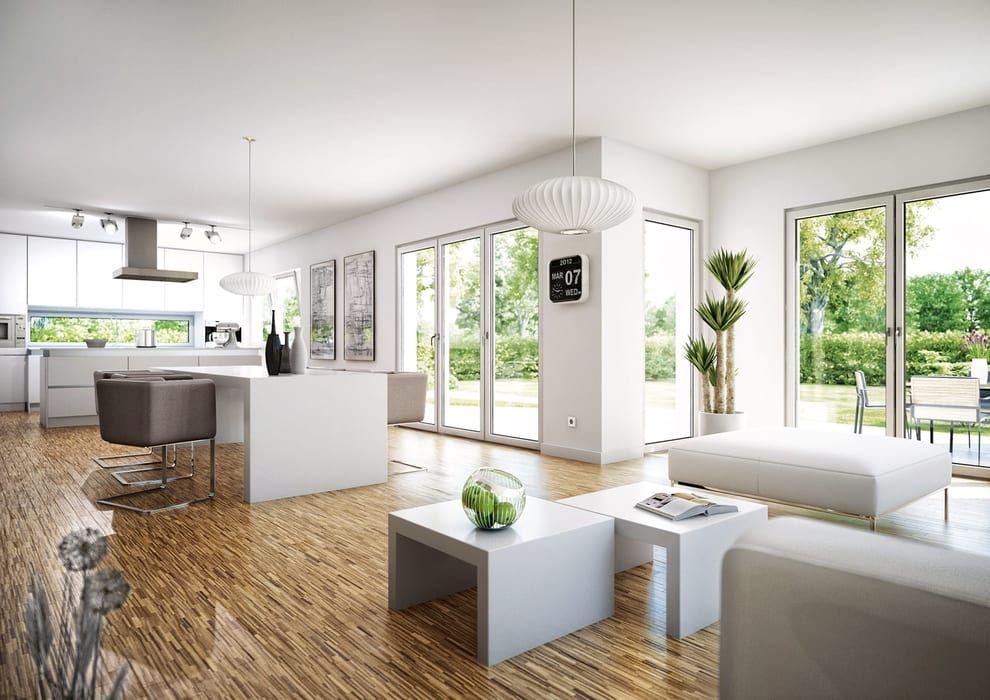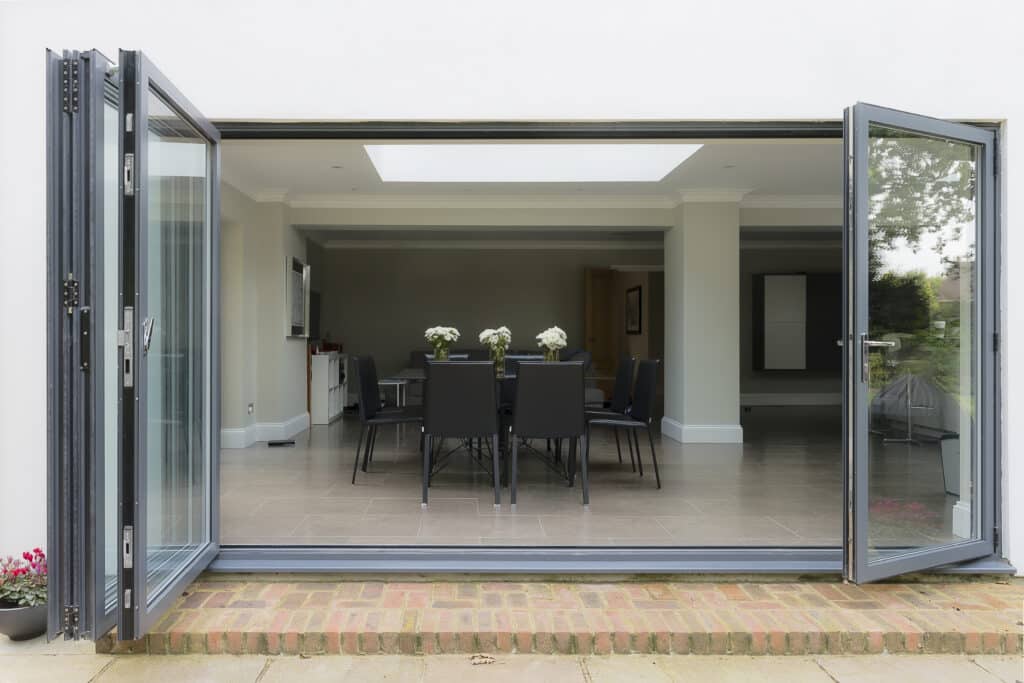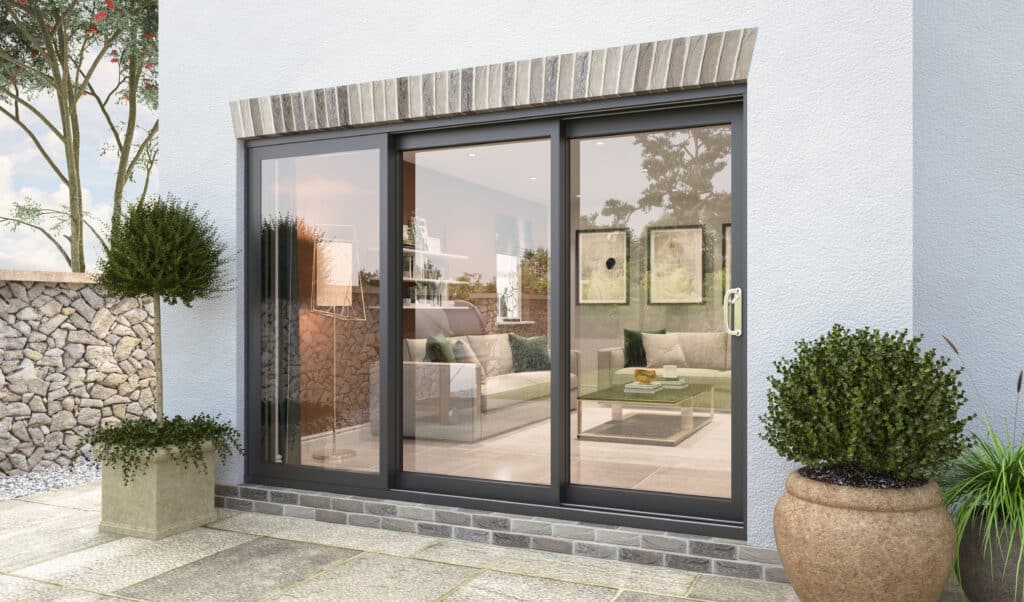
What is Laminated Glass?
Choosing the right type of glass for your home involves a delicate balance between aesthetics and functionality. Modern engineering has paved the way for a myriad of solutions, each designed to meet specific needs. One such option that has gained popularity over recent years is laminated glass. This article explores the intricacies of laminated glass, its applications, and the many benefits it brings to the table.
So, what is laminated glass?
At its core, laminated glass is a composite material made by sandwiching a layer of polyvinyl butyral (PVB) between two layers of glass and fusing them together using heat. This construction is akin to the safety glass used in car windshields. In the event of an impact, laminated glass may curve or crack, but it won’t shatter. This unique property enhances security and reduces the risk of injury. Common applications of laminated glass include:
Windows and Doors
Frequently used in windows and doors, providing an additional layer of security and safety. Its ability to resist shattering makes it an attractive option for areas where break-ins are a concern.
Balustrades and Stairs
The structural integrity and strength makes it suitable for use in balustrades and stairs. Its ability to withstand impact ensures the safety of occupants while contributing to the overall aesthetics of the space.
Sloping Glazing
Sloping glazing, such as skylights, benefits from the safety features. Its ability to endure repeated blows and resist shattering makes it an excellent choice for overhead applications.

Advantages
Security and Safety
The PVB layer in laminated glass acts as a formidable barrier. Even when broken, the glass remains in place, preventing easy entry and reducing the risk of injury. This feature is particularly crucial in areas where security is a top priority.
UV Protection
Laminated glass provides effective UV protection by reducing the transmission of harmful ultraviolet rays. This not only protects the occupants but also prevents damage to furnishings and furniture caused by prolonged exposure to UV radiation.
Noise Reduction
The interlayer of PVB disrupts sound waves as they pass through, offering a significant reduction in noise transmission. This makes it an ideal choice for urban areas or places where noise pollution is a concern.

Considerations and Disadvantages
Cost
While the benefits are substantial, it comes at a higher cost compared to traditional glass options. The added layers and manufacturing process contribute to the overall expense. However, many homeowners find the investment worthwhile for the increased safety and security it provides.
Water Exposure
Prolonged exposure to water at the edges – for example in a balcony or outdoor balustrade – can lead to deterioration over time. Proper installation and maintenance are crucial to mitigate this risk. Regular inspections and prompt repairs can extend the lifespan of installations.
Emergency Situations
The robust engineering of laminated glass, while enhancing security, can pose challenges in emergency situations. Breaking the glass for a quick exit may prove difficult due to its durability. Homeowners should be aware of alternative exit routes and emergency procedures when opting for laminated glass in critical areas.
Conclusion
In conclusion, laminated glass stands out as a secure choice for various applications in modern architecture. Balancing aesthetics, safety, and functionality, it offers a versatile solution that addresses the broad needs of homeowners. While the initial cost may be a consideration, the long-term benefits, including enhanced security, UV protection, and noise reduction, make laminated glass a great investment in the pursuit of a safer and more comfortable living environment.